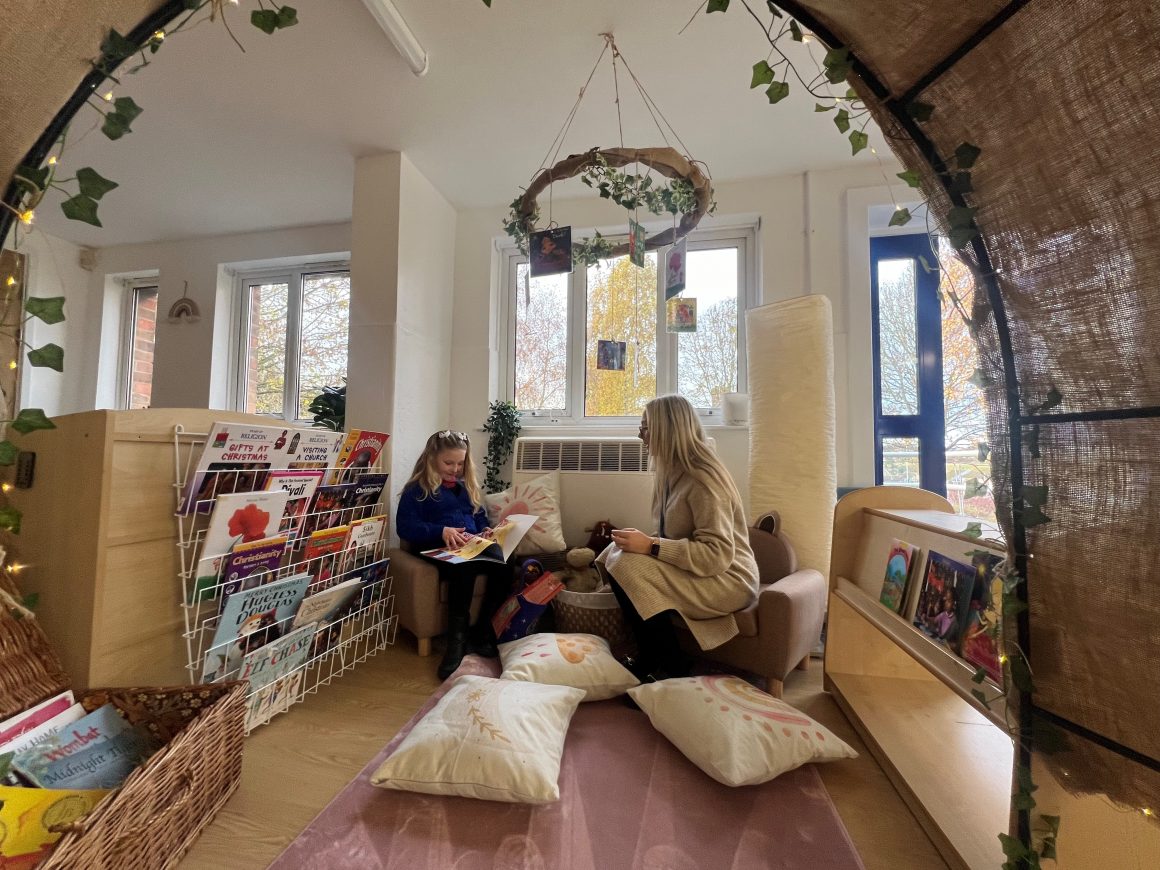Finding the right school for your child is one of the most important decisions you’ll make so we’re here to help you! There’s no such thing as ‘the best school’ but there is absolutely the ‘best school for your child’. That’s why your role in school selection is essential, as you know your child better than anyone else.
It’s always about so much more than academic results – it’s about finding a school where your child will feel happy, supported, and inspired to reach their full potential. One child might thrive in a lively, energetic, busy (noisy!) environment, whilst another could seek a quieter, slower-paced setting. Your child might be looking to be captain of every sports team whilst your friend’s child prefers making music or being in nature.
As a Trust, we work hard to make sure all our schools are places where children thrive, but we also understand how personal this decision is for every family. We know that choosing the right school for your child is an exciting journey, but it can feel daunting too, and it’s easy to feel unsure about where to start.
Here are some tips to help you navigate the process and make the best choice for your child.
- Visit schools during the day
One of the best ways to understand the culture of a school is to visit in person, ideally during school hours. Seeing a school in action is invaluable as it gives you a real sense of the learning environment and lets you to see how teachers and children interact.
In Transform Trust schools, we pride ourselves on creating warm, inclusive communities. When you visit, we encourage you to look for:
- How children engage with their learning
- The relationships between staff and pupils
- Signs of an environment where your child would feel welcome and valued
- Ask questions that matter to you
Each family has unique priorities, so it’s important to understand how a school aligns with yours. Ask all the questions you need to during your visit. Some helpful ones may include:
- How does the school get to know your child’s strengths?
- What opportunities are there for creativity and personal development?
- How does the school work with parents to support each child’s learning?
At Transform, we nurture strong partnerships with parents and carers because we believe that working together is key to a child’s success.
- Know the admissions criteria
We encourage families to look into the admissions criteria for the schools they are considering. Many schools operate within catchment areas, and some secondary schools prioritise children from specific feeder primary schools.
If you’re considering a school with an attached nursery, it’s important to know that attending that nursery doesn’t guarantee a place in the main school. If your child is already in childcare, for example a private day nursery, does the school meet with local providers to learn about the child prior to them starting?
Understanding these policies can help you make an informed decision and avoid any unexpected surprises.
- Balancing practicality and aspirations
It’s natural to want the best for your child, but it’s also important to think about what’s practical for your family.
The best schools don’t just give your child a valuable education – they create spaces where every child feels they belong. Factors like commute time, friendships, and the availability of after-school clubs all play a big role in your child’s happiness and wellbeing. Is the school easy to get to? Does the school offer activities or programs that match your child’s interests and needs? Will your child feel a sense of belonging at the school?
For example, choosing a nearby, walkable school not only benefits the environment but also creates precious moments for distraction-free conversations with your child. Many schools even offer ‘walking buses’, where children walk together in a group led by adults, encouraging children to build friendships and establish playdates.
Remember: The best school isn’t always the one with the most glowing reviews – it’s the one where your child feels confident, supported, and ready to grow.
- Making transitions
When choosing a school, it’s important to consider the school’s approach to both the transition into and out of each year group.
Within the school, find out what they put in place for moving up to the next year. For instance, Sneinton C of E provides information booklets for families, two weeks in the new class over the summer, and bespoke transition packages tailored to each child.
The shift into school can also be challenging for families used to longer hours of private childcare. To make this a little easier, many schools offer excellent ‘wraparound care’, with clubs and groups outside of school hours. South Wilford, for example, provides a breakfast club from 7:30am and an after-school club until 6pm.
It’s also worth asking about schools’ relationship with local secondary schools – do they meet regularly to share information and plan for each child’s transition to secondary education? Are there opportunities for your child to visit secondary schools before reaching Year 6, helping to make the transition smoother when the time comes?
- Communication between school and famil
We know that communication with families is of the utmost importance to a child’s success, and each school works hard to make sure parents and carers receive regular updates on academic progress, behaviour, and extracurricular activities so that they feel informed and engaged in their child’s education. This helps make sure that both families and teachers are on the same page.
Many of our schools use app-based platforms, such as Class Dojo to send messages and communicate key dates with families, and we encourage parents and carers to come and speak to our staff at any time.
Our commitment to families
We are committed to making sure all our schools provide a safe, nurturing environment where children can flourish. We believe every child deserves the very best opportunities and support, and to feel safe and nurtured.
Choosing a school is a significant step, but remember, you’re not alone. Our schools are here to help guide and support you throughout the process. Together, we can ensure your child has the best start to their educational journey.
Key information:
- You must apply through your local authority for a place at a primary school, even if it’s linked to your child’s current nursery
- Normal primary school admissions are at 4+ into the reception class
- Applications open on different days in each local council area – usually at the start of the autumn term of the year before your child is due to start school
- Choose a school that will suit your child, not necessarily because it has the most prestigious or academic reputation
Check your local authority website for details of the catchment area for primary schools nearby, faith requirements and key dates.



